Crows are not just ordinary birds—they are among the most intelligent creatures on the planet.
Their abilities span from complex problem-solving to deep emotional responses and impressive social structures.
Recent scientific discoveries have revealed an even more astonishing trait: crows can remember people who have threatened or harmed them for up to 25 years.
Even more remarkable, these clever birds teach their offspring to recognize these human “enemies.”
In this article, we’ll delve into the science, stories, and generational grudges that make crows truly extraordinary.
1. Crows Have Exceptional Long-Term Memory
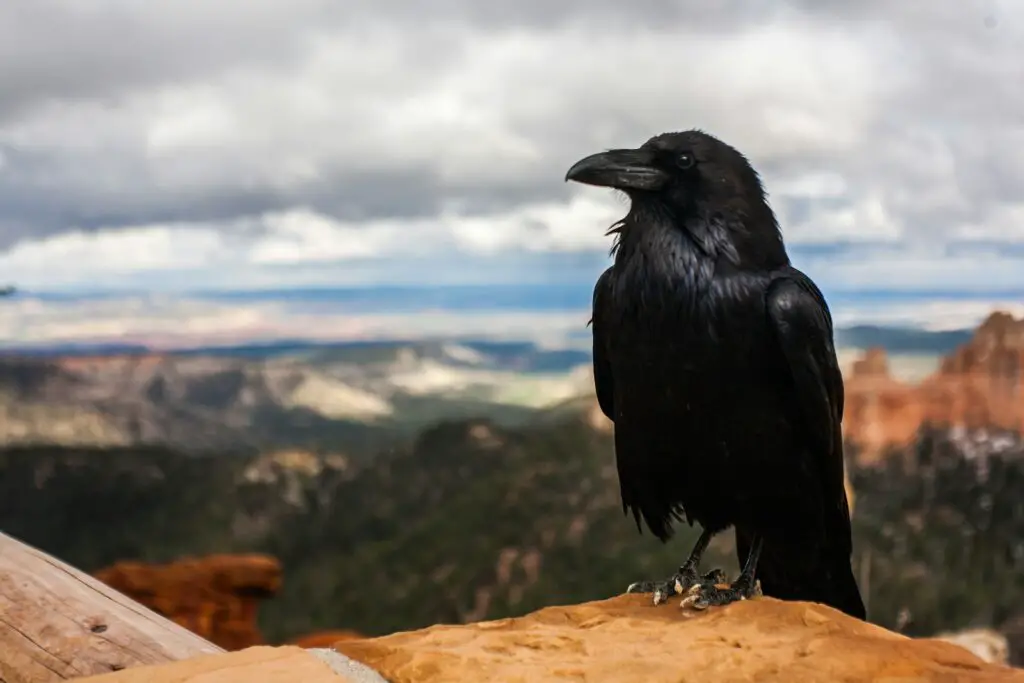
Scientists have found that crows can recognize and remember individual human faces for over 25 years.
This remarkable memory allows them to distinguish between people who have helped or harmed them, rivaling the abilities of some primates.
Survival depends on this recall, as it helps crows avoid danger and foster helpful alliances.
In a landmark study at the University of Washington, crows accurately identified humans who had threatened them—even years later.
Learn more from Smithsonian Magazine.
2. Grudges Are Passed Down Generationally

Crows do more than remember personal enemies—they actively teach their young to fear specific people.
Juvenile crows observe their parents’ reactions and quickly learn to associate certain faces with danger.
Even without direct negative encounters, these fledglings will instinctively mob or avoid the targeted humans.
This remarkable transfer of knowledge has been observed in crow populations around the globe.
Read more from National Geographic.
3. The Science Behind Crow Intelligence
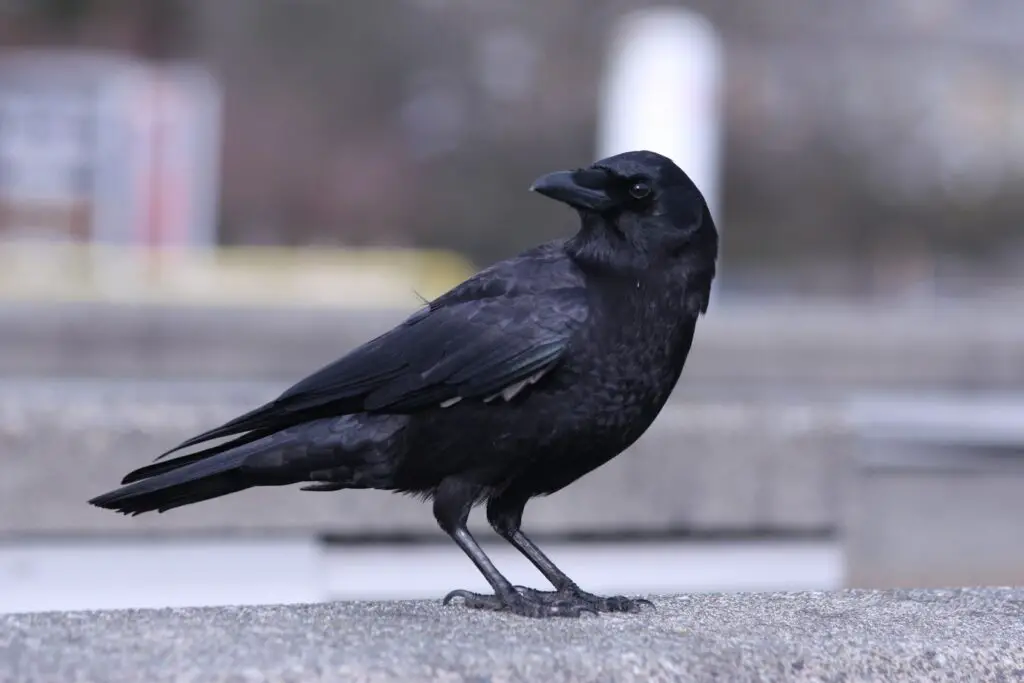
Crows boast a brain-to-body ratio similar to that of great apes, supporting their remarkable intelligence.
Their brains contain neocortex-like regions, allowing them to process complex thoughts, plan for the future, and use tools.
This advanced neural architecture enables crows to form deep social bonds, remember intricate details, and experience a range of emotions.
These abilities underpin their talent for holding grudges and passing knowledge to their offspring.
Explore more in Scientific American.
4. Mobbing: Crows’ Collective Response to Enemies
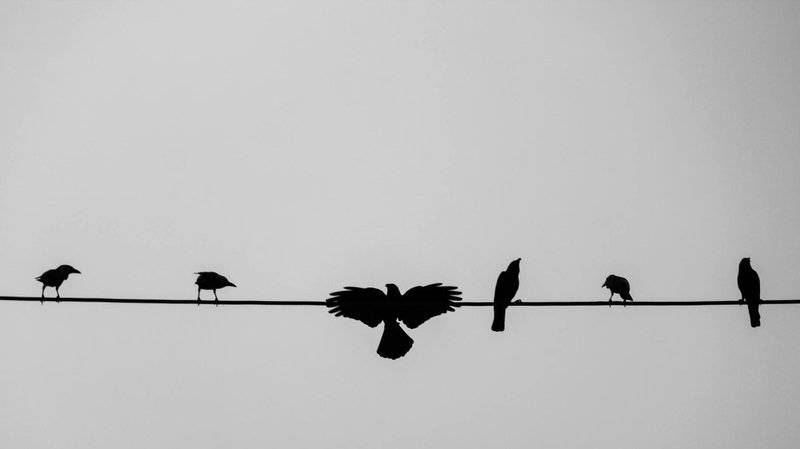
When a crow recognizes a threat, it emits loud calls that summon nearby crows to join in mobbing the intruder.
This coordinated harassment not only drives away danger but also cements the identity of the enemy within the group’s shared memory.
Learn more at the Audubon Society.
5. Facial Recognition Skills
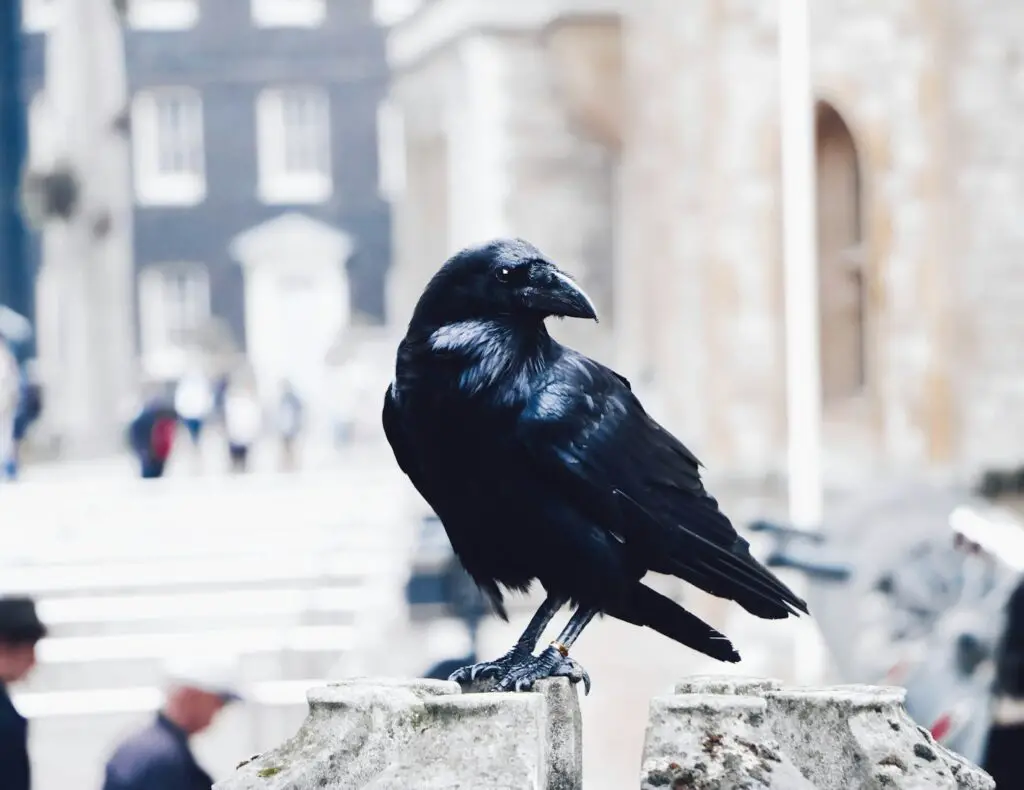
Crows excel at facial recognition, allowing them to distinguish between humans even when appearances change.
Researchers wearing different clothes or disguises found that crows still identified them based on facial features alone.
This keen ability ensures that crows remember and react to specific individuals who have previously threatened them.
See the BBC News report.
6. Social Learning Among Crows
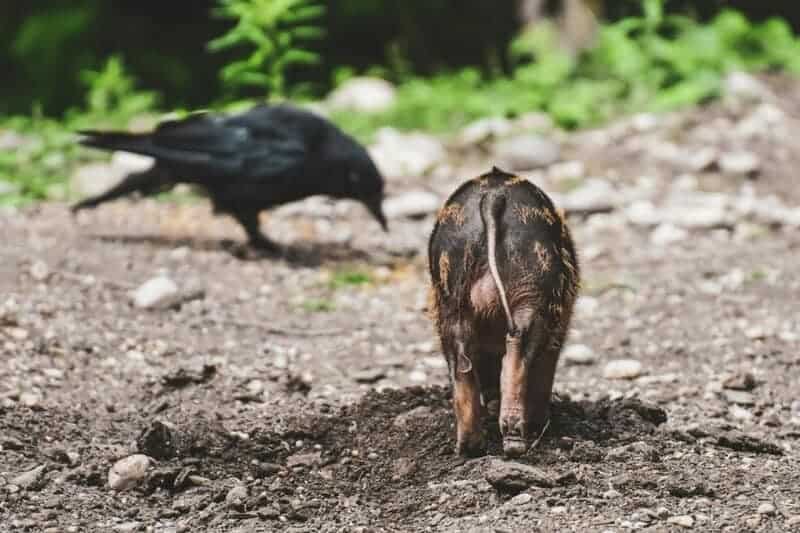
Young crows are highly observant, imitating adult behaviors when it comes to identifying threats.
Through careful observation, they learn which humans to distrust, even without first-hand negative experiences.
This form of social learning helps entire crow communities develop a shared sense of caution toward certain people.
Read more in Current Biology.
7. Memory That Outlasts Individual Lifespans

Some grudges within crow communities endure for decades, even outlasting the original birds who experienced them.
When a threat is serious, the memory is passed down and reinforced through generations, ensuring lasting vigilance.
This creates a powerful legacy of collective caution or hostility.
Discover more at Live Science.
8. Grudges Extend Beyond Humans

Crows aren’t selective in their animosities—they also remember and react to predators, rival birds, and even objects that pose a threat.
Whether it’s a dangerous cat, a hawk, or a particular trap, crows retain this knowledge and warn others.
Their ability to expand intergenerational warnings beyond humans highlights the remarkable depth of their memory.
Read more in The Guardian.
9. Crow Societies and Complex Communication
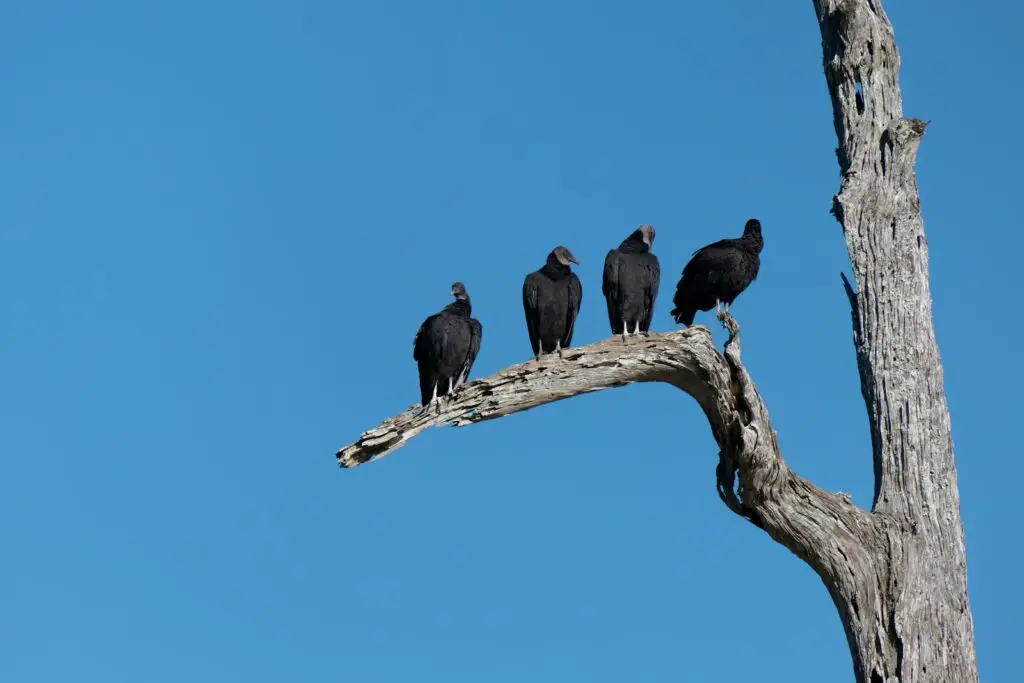
Within crow societies, complex vocalizations and gestures allow for detailed warnings about threats to spread rapidly.
Their advanced communication ensures that important information—such as who is an enemy or ally—is shared with the entire group.
This social intelligence strengthens the collective memory and solidarity of crow communities.
Explore more in Nature.
10. Tool Use and Problem Solving
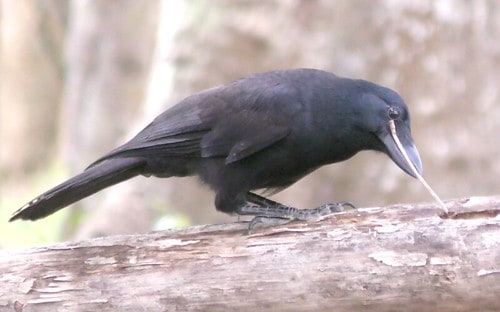
Crows are renowned for their tool use and creative problem-solving, often seen crafting implements or devising clever solutions.
This inventive intelligence supports their ability to recall and adapt to prior experiences, especially negative ones.
Their strategic thinking is a key factor in how they manage and act on long-held grudges.
Learn more at National Geographic.
11. Urban Crows and Human Conflict
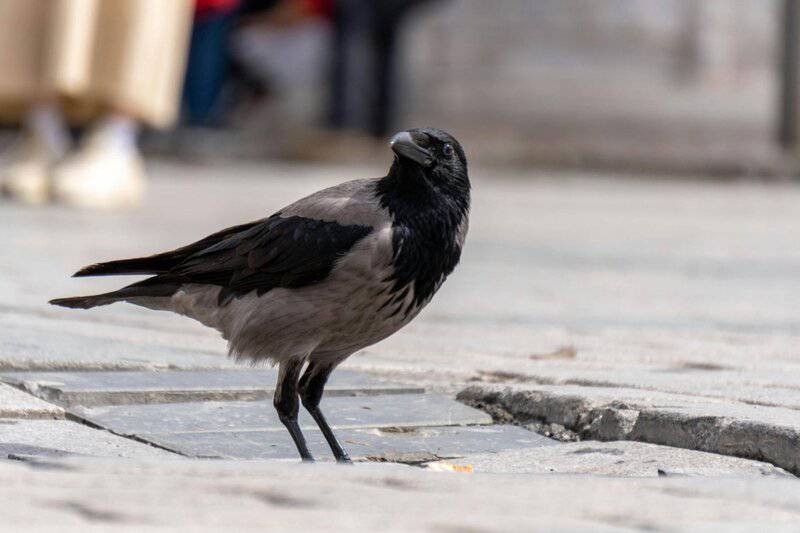
In bustling cities, crows frequently find themselves in conflict with humans over food scraps, nesting areas, or perceived dangers.
These urban skirmishes often result in crows singling out specific people or neighborhoods as enemies.
Sometimes, the resulting grudges persist for years—long after the original event has faded.
Read more in The Atlantic.
12. The Role of Play in Learning Grudges
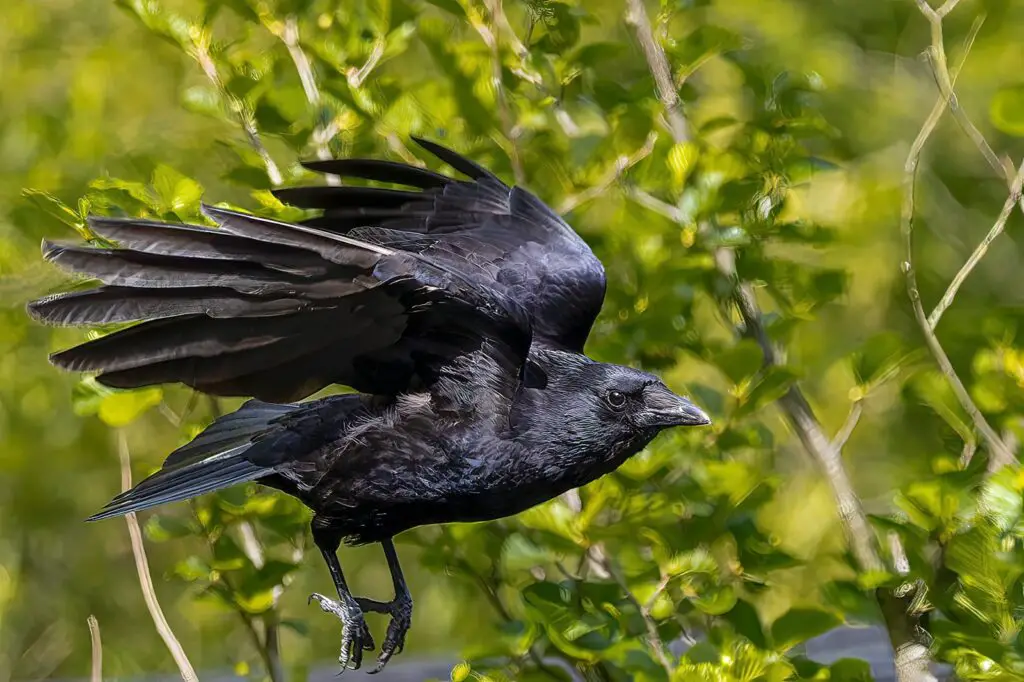
Juvenile crows engage in mock play, mimicking threat scenarios they observe from adults.
This playful learning allows young crows to safely practice recognizing and responding to dangers.
Through play, they internalize which humans or animals have been marked as threats by their community.
Discover more at Science News.
13. Intelligence Across the Corvid Family
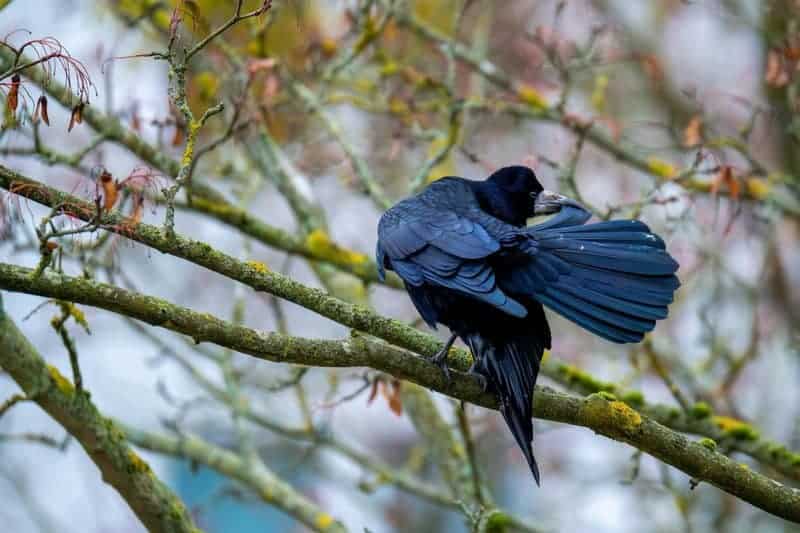
Crows aren’t alone in their brilliance—other members of the corvid family, like ravens and magpies, also exhibit advanced memory and social learning skills.
Comparing these species highlights just how deeply rooted such intelligence is within the corvid lineage.
Their shared abilities further underscore the wonders of avian cognition.
Explore more at PBS.
14. Crow Funerals and Social Bonding
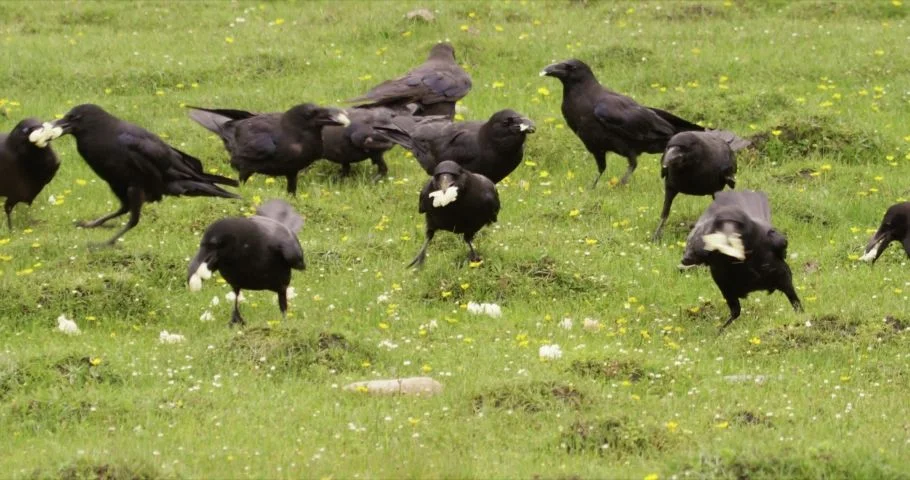
When a crow dies, others often gather around the body in what many call crow funerals.
Scientists believe these rituals serve to alert the group about potential dangers in the area and to strengthen social ties.
Such gatherings reinforce the community’s collective memory of threats and deepen their social connections.
More from the National Audubon Society.
15. Cultural Transmission of Knowledge
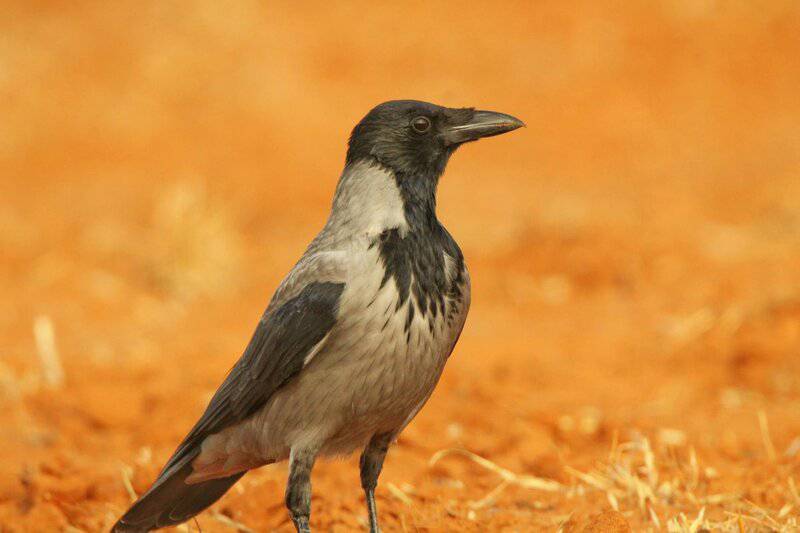
Crows excel at cultural transmission, passing down knowledge through observation and imitation.
This method allows them to share important information—like which humans or animals to avoid—across generations.
Such cultural learning is vital for group survival and explains how grudges can persist long after the original threat is gone.
Learn more in Science.
16. The Role of Vocalizations in Grudge-Holding

Crows use distinct vocalizations to communicate specific warnings about threats.
These calls serve both as immediate alerts and as powerful teaching tools, helping to preserve memories of danger within the group.
Through these vocal signals, crows ensure that grudges and caution are carried forward through generations.
Read more at The Conversation.
17. Crow Memory vs. Other Animals
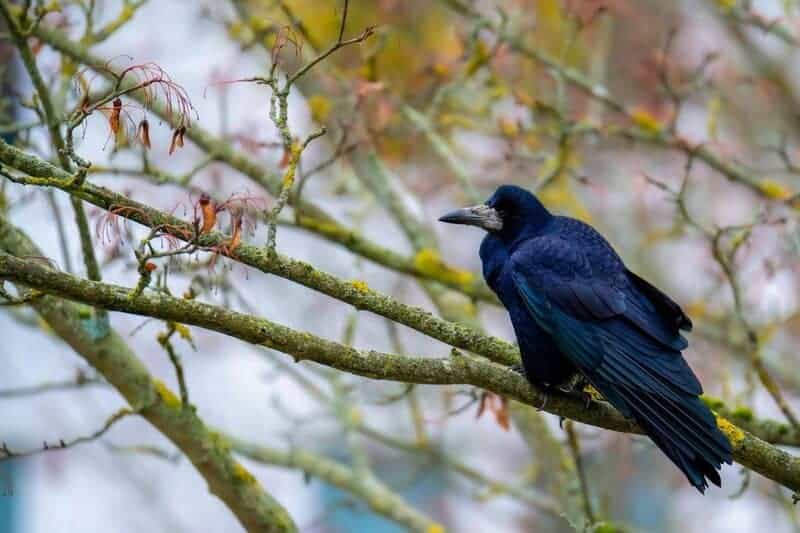
The impressive memory skills of crows are often compared to those of elephants and dolphins, both celebrated for their long-term recollection and intricate social learning.
Such comparisons reveal striking parallels in how intelligence has evolved across birds and mammals.
This convergence highlights just how extraordinary crow cognition truly is.
Explore more at BBC Earth.
18. Real-Life Grudge Stories
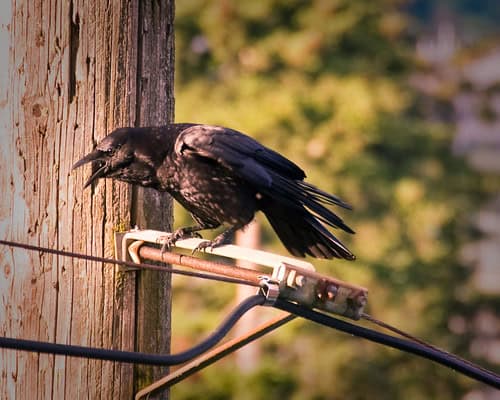
Numerous real-life accounts showcase crows’ remarkable ability to hold grudges.
In Seattle, one man who helped researchers band crows became a perpetual target, with local crows swooping and calling whenever he appeared—even years after the event.
These birds even recruited others to join in the harassment, proving just how persistent and communal crow grudges can be.
Read the NPR story.
19. Implications for Conservation and Human Relations
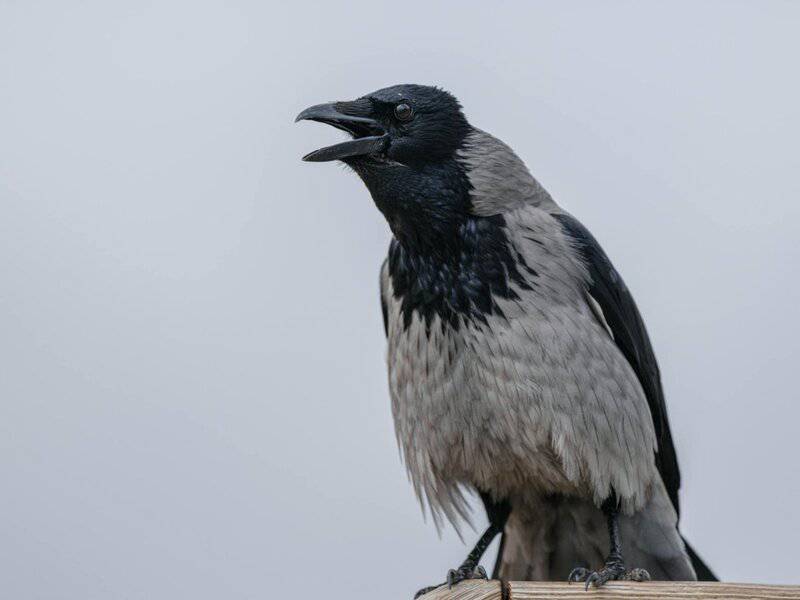
Recognizing the advanced memory and social skills of crows is crucial for effective conservation and urban management.
By respecting their intelligence and adapting our actions, we can minimize conflicts and encourage peaceful coexistence in shared environments.
Such understanding benefits both people and these remarkable birds.
See The New York Times coverage.
20. What Crows Teach Us About Animal Minds

Crows profoundly challenge our understanding of animal intelligence, exhibiting empathy, strategic thinking, and generational memory.
Their long-held grudges reveal a complex inner world, blurring the line between human and non-human minds.
These remarkable traits keep crows at the center of scientific curiosity and discovery.
Explore further in The Atlantic.
Conclusion
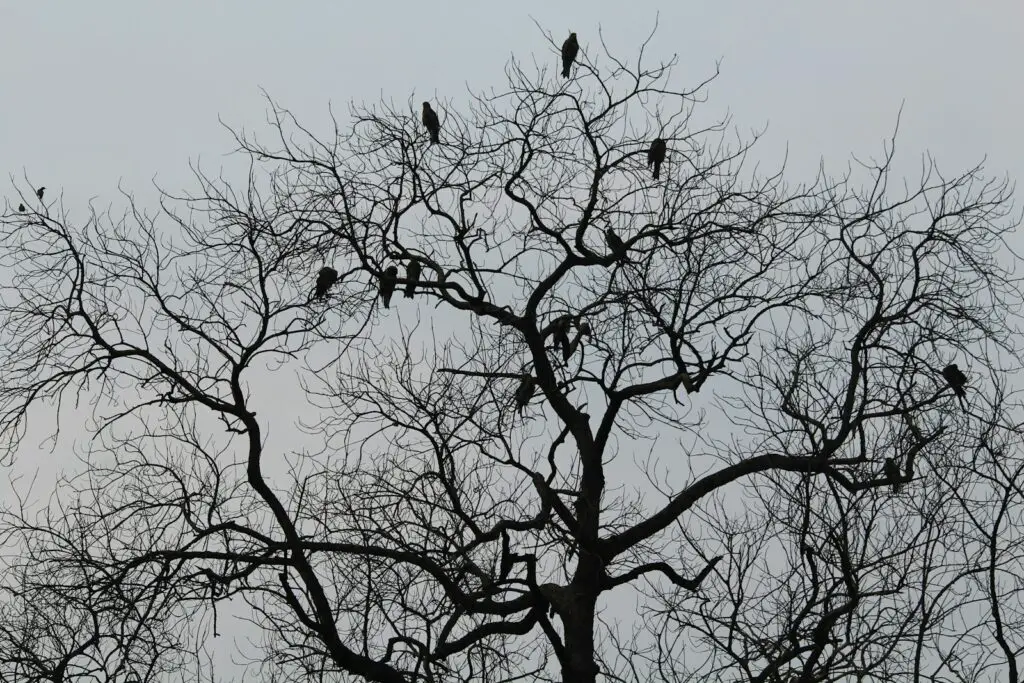
The remarkable ability of crows to hold and transmit grudges over decades underscores just how intelligent and socially complex these birds truly are.
Their behaviors not only illuminate the depths of animal cognition but also reveal the powerful links between experience, memory, and teaching within the animal kingdom.
As science continues to explore their world, crows stand as a vivid reminder that the boundaries of intelligence are far more fluid than we often assume.
Perhaps it’s time we pay closer attention—and a little more respect—to our clever feathered neighbors.

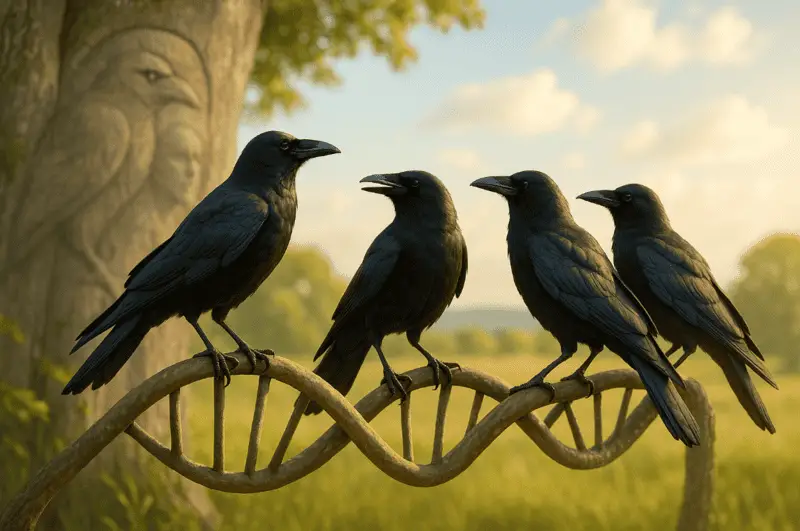

Vielleicht interessiert es Sie:
Wussten Sie! Minensuchratten auf dem Schlachtfeld und sie sind super effektiv!
Wie viele Giraffenarten gibt es? Leben sie alle in Afrika?
Der Vogel ist das Weibchen der Vögel: wahr oder falsch?
Warum bauen Biber Dämme? Welchen Nutzen?
Warum leben manche Tiere nachtaktiv? Welche Vorteile?
Küssen Tiere? Ist das die gleiche Bedeutung wie Menschen?
200+ Hilarious Seahorse Jokes That Will Make You Smile and Giggle
200+ Funny Investment Jokes to Boost Your Financial Humor Game